
The Majestic Salkantay Trail: A Journey Through Peru's Andean Wilderness
Explore the Salkantay Trail in Peru: A mesmerizing trek through stunning Andean landscapes, ancient Inca ruins, and the captivating beauty of Machu Picchu.
The Salkantay Trail is a breathtaking trek located in the heart of the Peruvian Andes. Named after the towering Salkantay Mountain, this trail offers an unparalleled adventure for nature lovers and hiking enthusiasts. The trail stretches over 46 miles and presents a challenging yet rewarding experience as it winds through diverse landscapes, from lush cloud forests to snow-capped peaks. The Salkantay Trail is renowned for its stunning scenery and rich cultural heritage. As you traverse the trail, you will encounter remote villages, ancient Incan ruins, and vibrant wildlife. The trail culminates at the mystical ruins of Machu Picchu, providing a sense of accomplishment and awe for those who complete the journey. Along the way, hikers can witness the beauty of Humantay Lake, a turquoise glacial lake surrounded by majestic mountains. For those seeking a less crowded alternative to the Inca Trail, the Salkantay Trail offers a more solitary and serene experience. The trail is less regulated, giving hikers the freedom to explore at their own pace. With its combination of natural beauty, cultural significance, and physical challenge, the Salkantay Trail is a must-visit destination for anyone looking to experience the true essence of Peru's Andean wilderness.
Local tips in Salkantay Trail
- Acclimatize in Cusco for a few days before starting the trek to avoid altitude sickness.
- Pack layers of clothing; temperatures can vary greatly from day to night.
- Hire a local guide to enhance your experience and support the local economy.
- Bring a good pair of hiking boots and plenty of sunscreen.
- Carry cash, as ATMs are scarce along the trail.
The Majestic Salkantay Trail: A Journey Through Peru's Andean Wilderness
The Salkantay Trail is a breathtaking trek located in the heart of the Peruvian Andes. Named after the towering Salkantay Mountain, this trail offers an unparalleled adventure for nature lovers and hiking enthusiasts. The trail stretches over 46 miles and presents a challenging yet rewarding experience as it winds through diverse landscapes, from lush cloud forests to snow-capped peaks. The Salkantay Trail is renowned for its stunning scenery and rich cultural heritage. As you traverse the trail, you will encounter remote villages, ancient Incan ruins, and vibrant wildlife. The trail culminates at the mystical ruins of Machu Picchu, providing a sense of accomplishment and awe for those who complete the journey. Along the way, hikers can witness the beauty of Humantay Lake, a turquoise glacial lake surrounded by majestic mountains. For those seeking a less crowded alternative to the Inca Trail, the Salkantay Trail offers a more solitary and serene experience. The trail is less regulated, giving hikers the freedom to explore at their own pace. With its combination of natural beauty, cultural significance, and physical challenge, the Salkantay Trail is a must-visit destination for anyone looking to experience the true essence of Peru's Andean wilderness.
When is the best time to go to Salkantay Trail?
Iconic landmarks you can’t miss
Historic Sanctuary of Machu Picchu
Discover the wonders of Machu Picchu, an ancient Incan city nestled in the Andes, where breathtaking landscapes meet rich history.

Plaza Mayor de Cusco
Discover the vibrant heart of Cusco at Plaza Mayor, where history, culture, and stunning architecture unite in a UNESCO World Heritage site.
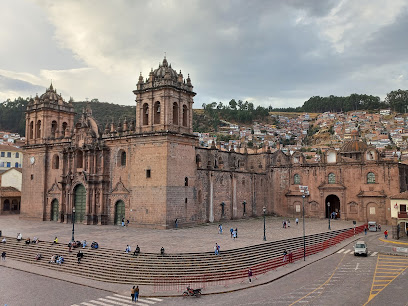
Ollantaytambo Sanctuary
Explore Ollantaytambo Sanctuary, a breathtaking archaeological site showcasing the grandeur of the Inca Empire amidst the stunning Sacred Valley of Peru.
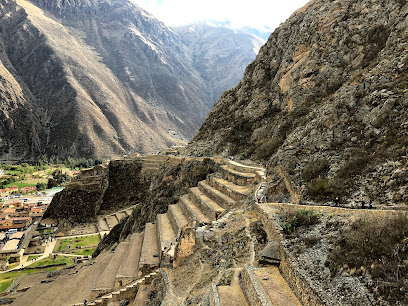
Saqsaywaman
Discover the ancient marvels of Saqsaywaman, a UNESCO World Heritage site showcasing Inca architecture and breathtaking views in Cusco, Peru.
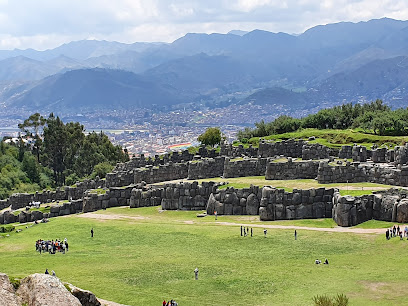
Qorikancha
Explore Qorikancha, the Temple of the Sun in Cusco, Peru – a historical marvel blending Incan heritage and colonial spirituality.
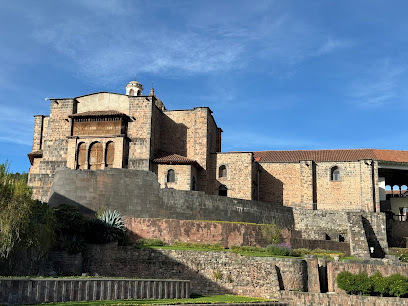
Twelve Angled Stone
Explore the Twelve Angled Stone in Cusco, a stunning example of Incan engineering and a must-visit historical landmark in the heart of Peru.
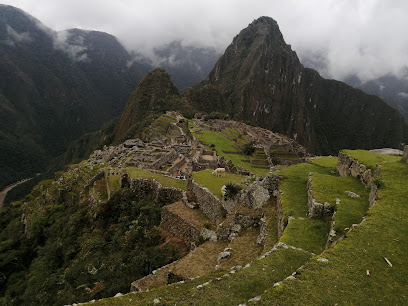
Moray
Explore Moray, the ancient Incan agricultural laboratory, nestled in the stunning landscapes of Peru's Sacred Valley.
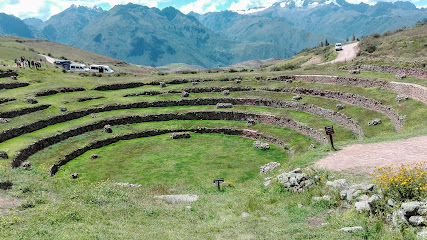
Inkan Milky Way Cusco
Explore Peru's rich heritage and stunning landscapes with Inkan Milky Way, your gateway to unforgettable adventures in Cusco.

Manco Capac Square
Discover the vibrant Manco Capac Square in Aguas Calientes, a cultural hub surrounded by stunning landscapes and rich Peruvian heritage.
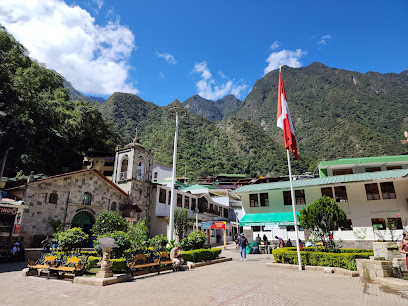
Mirador desde el Cristo Blanco
Experience stunning panoramic views of Cusco from Cristo Blanco, a breathtaking observation deck that captures the city's rich history and vibrant culture.
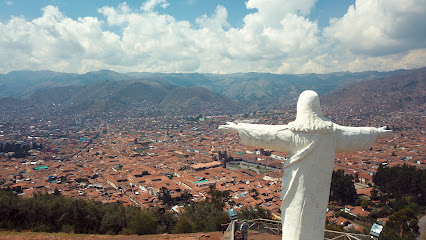
Morada De Los Dioses
Explore Morada De Los Dioses, a breathtaking tourist attraction in Peru, featuring stunning sculptures and authentic Peruvian cuisine.
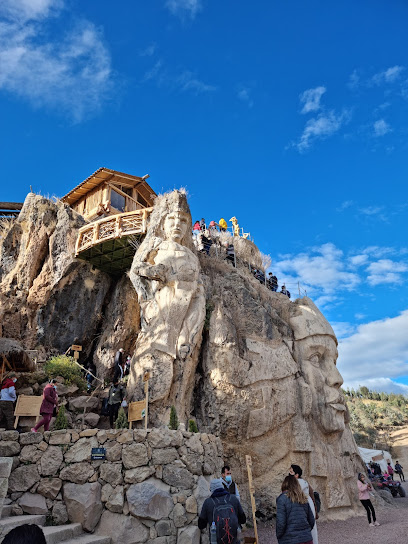
Sun Gate
Experience the breathtaking beauty and historical significance of the Sun Gate, the iconic entrance to Machu Picchu in the heart of the Andes.
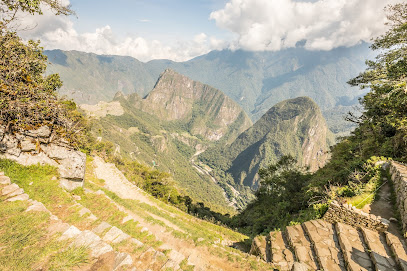
Mandor
Explore the lush landscapes of Mandor, a botanical garden and ecological park offering breathtaking views of Machu Picchu and serene hiking trails.
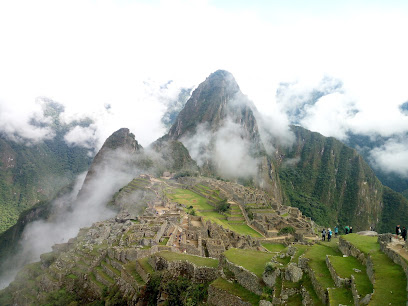
Sitio arqueológico Pinkuylluna
Explore the breathtaking Pinkuylluna Archaeological Site, a testament to Incan ingenuity and a must-see destination near Ollantaytambo.
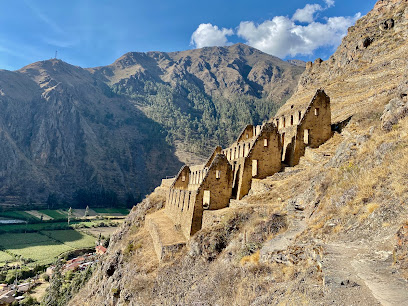
Choquequirao Archaeological Park
Explore the ancient wonders of Choquequirao Archaeological Park, a hidden gem in the Andes showcasing the brilliance of the Inca civilization amidst breathtaking landscapes.
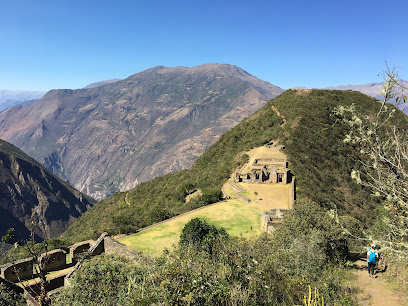
Unmissable attractions to see
Historic Sanctuary of Machu Picchu
Explore the enchanting ruins of Machu Picchu, an ancient Inca city set in the breathtaking Andean mountains of Peru, a UNESCO World Heritage Site.
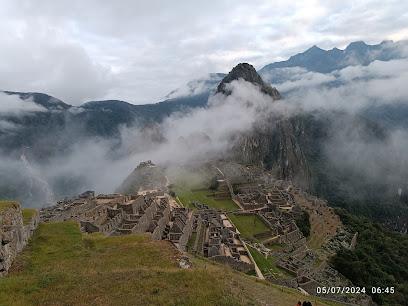
Urpicha
Discover the beauty of Urpicha Park in Cusco, a tranquil escape with lush landscapes and vibrant local culture, perfect for leisurely exploration.
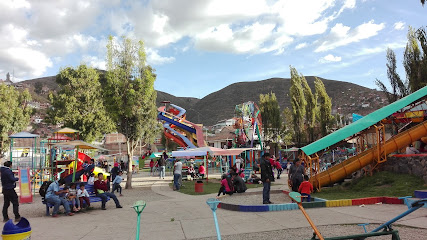
Orellana Pumaqchupan Park
Experience tranquility and cultural richness at Orellana Pumaqchupan Park, a serene oasis in the heart of Cusco.
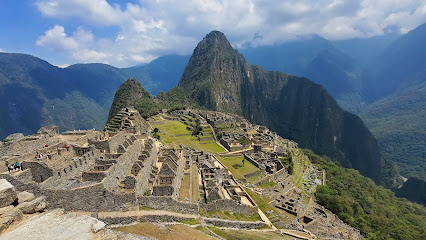
La Paccha
Experience the serene beauty of La Paccha, a peaceful park in the heart of Cusco, perfect for relaxation and connection with nature.
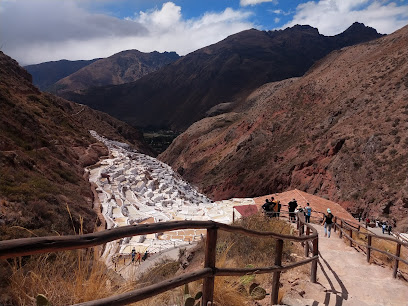
Ruinas de Qhalispuqyo
Uncover the ancient mysteries of Ruinas de Qhalispuqyo, a serene Inca archaeological site near Cuzco, rich in history and stunning natural beauty.
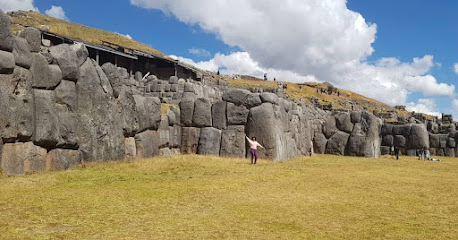
Huaca Sapantiana
Explore the ancient ceremonial site of Huaca Sapantiana in Cusco, a captivating journey through Inca history and stunning landscapes.
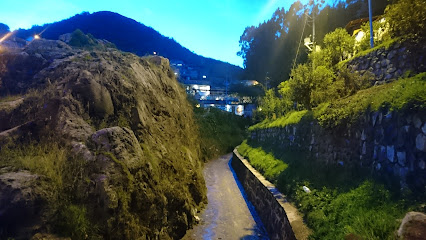
MOUNTAIN VIEW EXPERIENCE
Experience breathtaking views and authentic Peruvian cuisine at Mountain View Experience in Maras - a haven for travelers seeking beauty and relaxation.
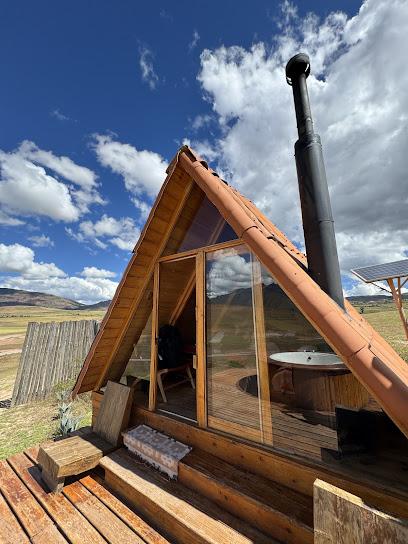
Rodadero
Discover the captivating Rodadero, an archaeological gem in Cusco, Peru, where ancient history meets breathtaking Andean landscapes.
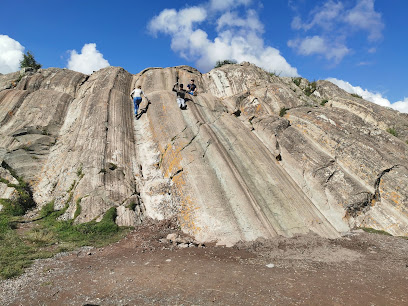
Intipata
Explore Intipata, a breathtaking archaeological site along the Inca Trail, famous for its stunning terraces and rich Incan heritage.
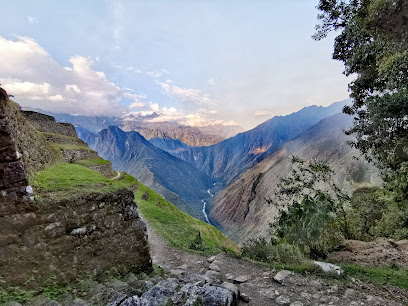
Hacienda del Chalán
Experience the breathtaking beauty and cultural richness of Hacienda del Chalán in the heart of Peru's Sacred Valley.
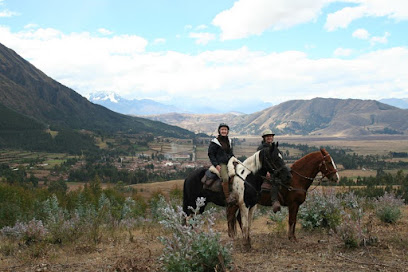
Salkantay Trek
Experience the breathtaking beauty of the Salkantay Trek in Peru, where majestic mountains meet rich cultural heritage in an unforgettable journey.
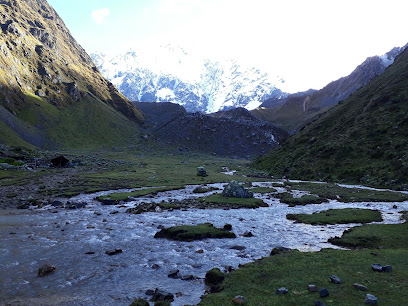
7 DIABLITOS
Uncover the enchanting blend of ancient legends and contemporary artistry at 7 Diablitos, a must-visit tourist attraction in Cusco, Peru.
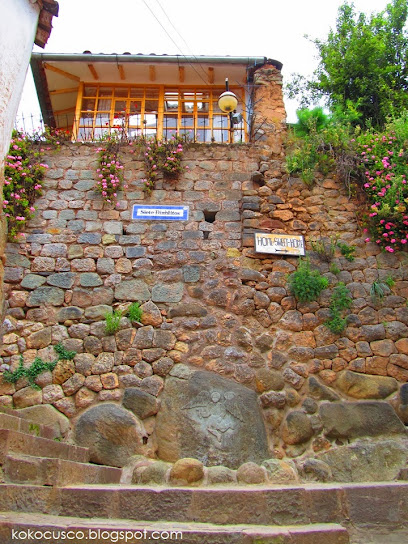
Trono del Inca
Discover the ancient beauty of Trono del Inca, a breathtaking archaeological site in Saqsaywaman that reveals the spiritual heart of the Inca civilization.
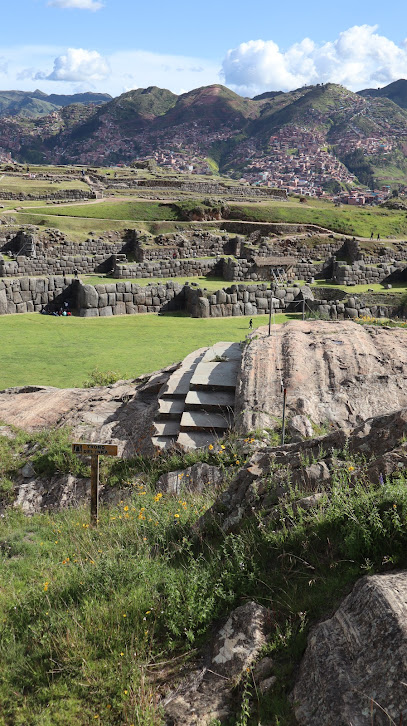
CAÑON DEL APURIMAC
Discover the breathtaking beauty and rich cultural heritage of Cañon del Apurimac in Curahuasi, Peru—a paradise for nature and adventure enthusiasts.

PALACIO DEL INKA MANCO CAPAQ
Explore the rich history and architectural splendor of Palacio del Inka Manco Capac, a must-see attraction in the heart of Cusco, Peru.
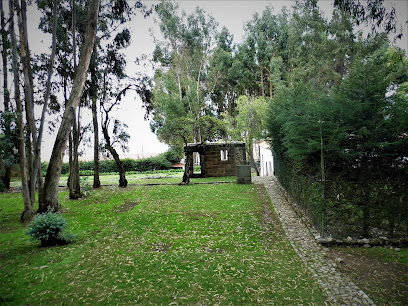
Essential places to dine
Mapacho Craft Beer Restaurant
Experience authentic Peruvian cuisine paired with craft beers in a warm and inviting atmosphere at Mapacho Craft Beer Restaurant.
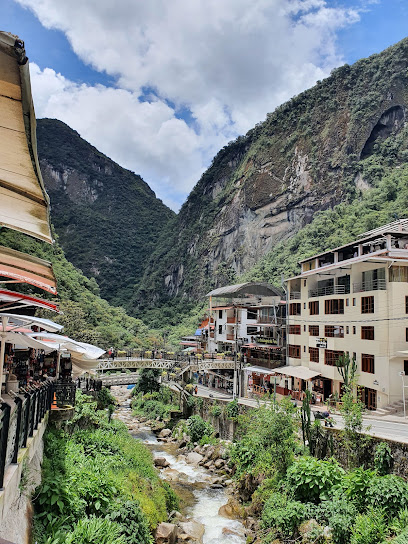
Chullos Restaurant & Craft Beer
Experience authentic Peruvian cuisine at Chullos Restaurant & Craft Beer in Aguas Calientes – where tradition meets modern taste.
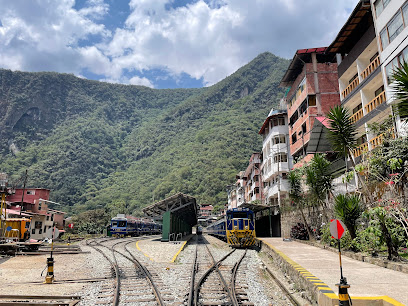
Full House Peruvian cuisine &craft beer
Experience authentic Peruvian cuisine and craft beer in Aguas Calientes near Machu Picchu for an unforgettable culinary adventure.
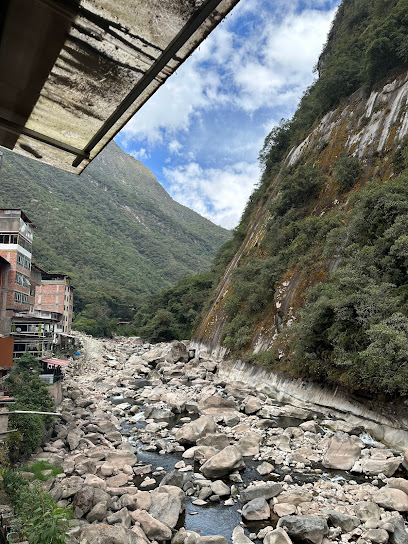
Restaurant Bistro Bar Indio Feliz
Experience the essence of Peruvian cuisine at Bistro Bar Indio Feliz in Aguas Calientes – where flavor meets tradition in every dish.
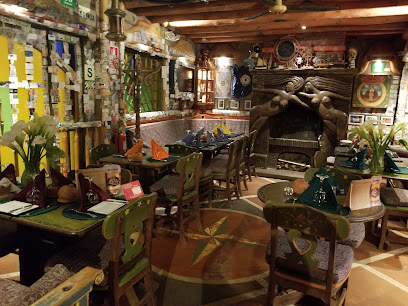
Chef House Restaurant - Machu Picchu
Experience authentic Peruvian flavors at Chef House Restaurant in Aguas Calientes – your culinary haven before exploring Machu Picchu.
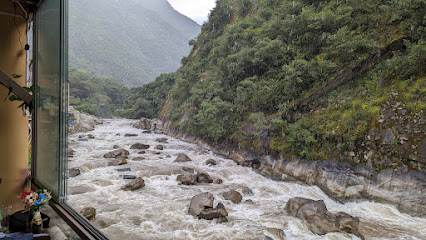
Ponchos Machupicchu Restaurant
Experience authentic Peruvian cuisine with stunning views at Ponchos Machupicchu Restaurant in Aguas Calientes.
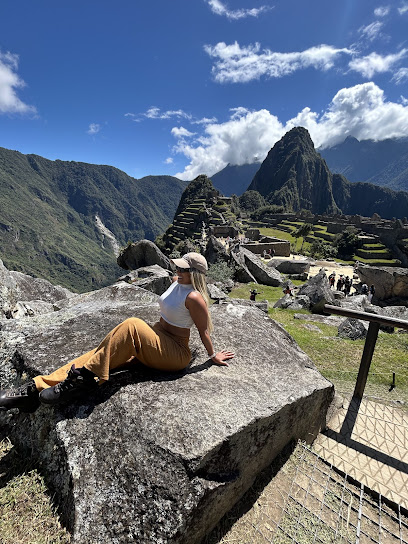
Tunupa Restaurant
Discover the essence of Peru at Tunupa Restaurant in Cusco - where authentic flavors meet rich cultural experiences.
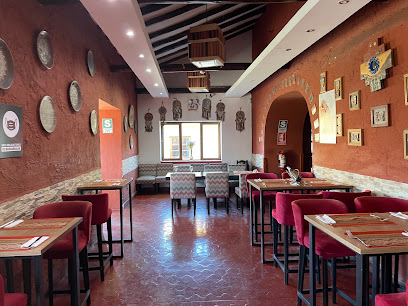
Toto's House
Experience authentic Peruvian cuisine at Toto's House in Aguas Calientes – where every dish tells a story.
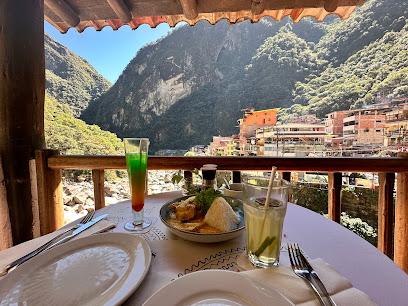
Casa Salkantay
Experience authentic Peruvian cuisine at Casa Salkantay in Ayacucho - where tradition meets taste in every dish.
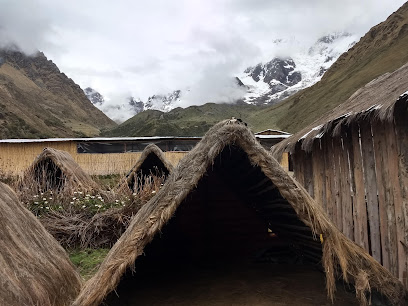
Julian Restaurant
Experience authentic Peruvian cuisine at Julian Restaurant in Aguas Calientes - where every dish tells a story amidst breathtaking views.
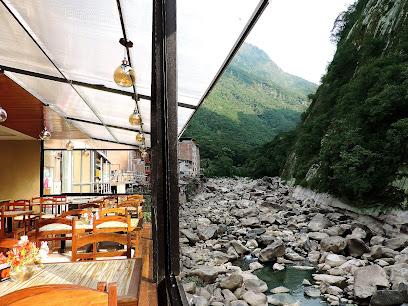
Piedra & Sal Restaurante
Discover authentic Peruvian flavors at Piedra & Sal Restaurante in Cusco's historic center – where culinary tradition meets modern bistro charm.

Tree House Restaurant
Discover authentic Peruvian flavors at Tree House Restaurant in Aguas Calientes—an enchanting dining experience surrounded by nature.
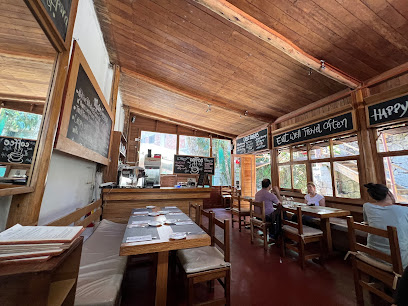
Apu Inti Restaurante
Discover authentic Peruvian cuisine at Apu Inti Restaurante in Aguas Calientes - a delightful stop for travelers exploring Machu Picchu.
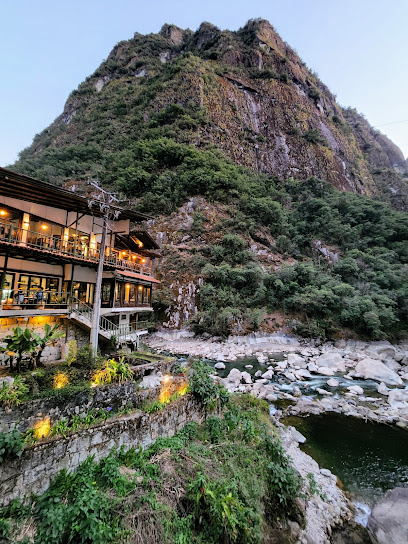
Govinda Restaurant VEGANO
Experience authentic Peruvian vegan cuisine at Govinda Restaurant VEGANO in Aguas Calientes – where tradition meets sustainability.
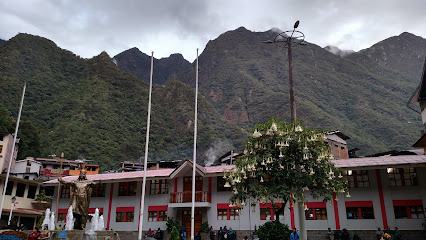
Green House
Discover the flavors of Peru at Green House, an organic restaurant in Aguas Calientes offering fresh dishes inspired by local ingredients.
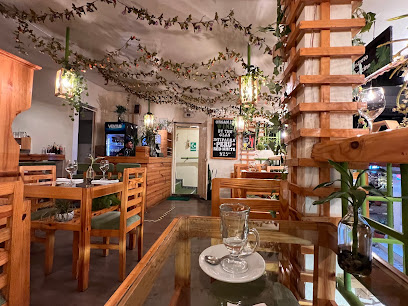
Markets, malls and hidden boutiques
Handicraft Center Cusco
Explore the Handicraft Center Cusco for unique artisan souvenirs and a glimpse into Peru's rich cultural heritage.

Malqui Tattoo
Discover the artistry of Malqui Tattoo in Cusco, where every tattoo tells a story and celebrates culture through ink.

Salkantay Trekking
Embark on an unforgettable adventure with Salkantay Trekking, where stunning landscapes meet rich cultural heritage in the heart of the Peruvian Andes.
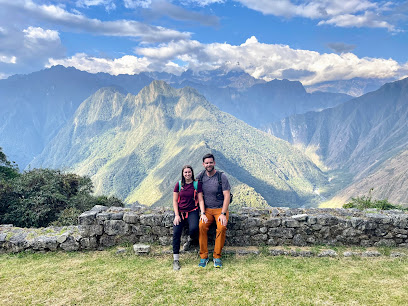
Speedy Gonzalo Camping Equipment
Your premier destination for outdoor gear and camping supplies in the heart of Cusco, Peru, perfect for every adventurer.
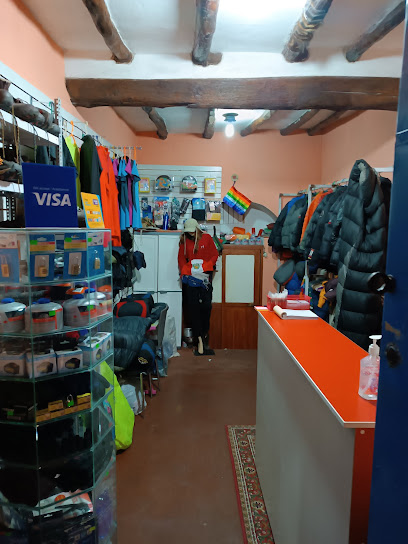
EKEKOS SAN BLAS -art & COLORS
Explore the vibrant world of Peruvian art and handicrafts at EKEKOS SAN BLAS, a must-visit gallery in the heart of Cusco.
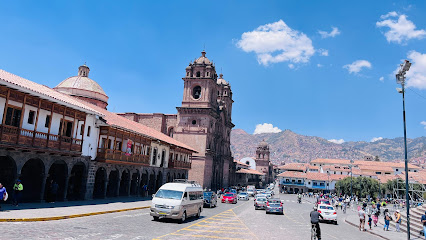
Haku Expeditions S.A.C.
Discover the thrill of adventure sports with Haku Expeditions S.A.C. in Cusco, Peru - your gateway to unforgettable outdoor experiences.

SALKANTAY TRAIL PERU
Experience the breathtaking beauty and adventure of the Salkantay Trail, a premier trekking route to Peru's iconic Machu Picchu.
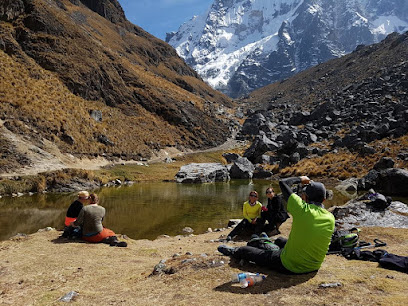
hilo
Explore Hilo in Cusco for unique clothing and accessories that celebrate Peruvian craftsmanship and modern style in a historic setting.

BikingPeruTrek 2023: What is the best Mountain Bike Tour Around Peru? Biking Peru Trek Has The best mountain biking tours.
Experience the thrill of mountain biking in the breathtaking landscapes of Peru with expert guides at Biking Peru Trek.
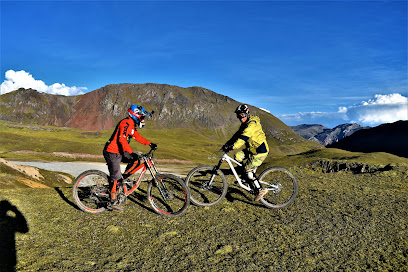
Salkantay Trek Machu Picchu
Embark on an unforgettable journey through the Andes on the Salkantay Trek to Machu Picchu, where adventure meets breathtaking scenery.
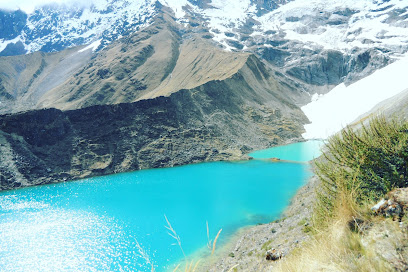
Salkantay Trek Company
Explore the breathtaking Andes with Salkantay Trek Company, offering personalized trekking experiences that immerse you in Peru's stunning landscapes and rich culture.
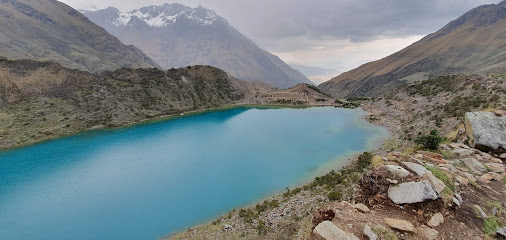
Inspira Peru
Discover the heart of Peruvian craftsmanship at Inspira Peru, your go-to store for authentic textiles, jewelry, and unique souvenirs in Cusco.
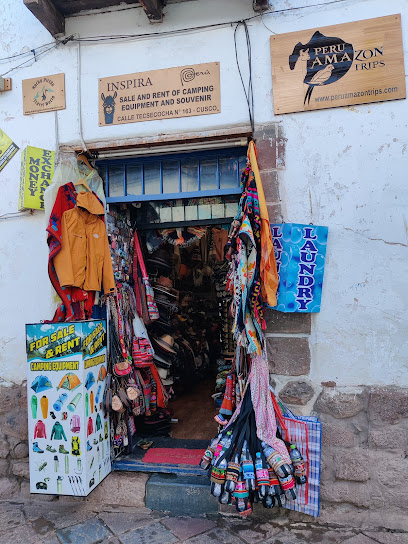
Rummy Outdoor
Explore the Andean wilderness with top-notch outdoor gear from Rummy Outdoor in Cusco, your ultimate destination for adventure apparel.
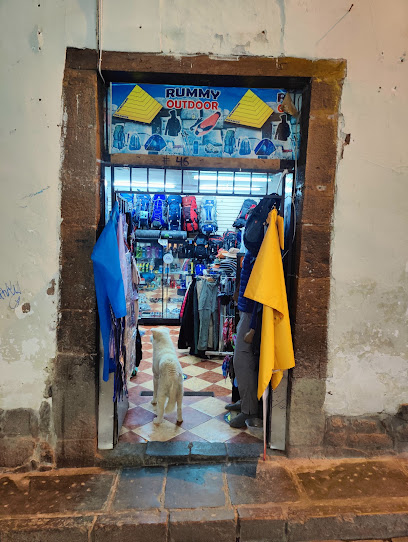
Salkantay Trek
Experience the breathtaking beauty and adventure of the Salkantay Trek, a top destination for trekkers in Peru's majestic Andes mountains.
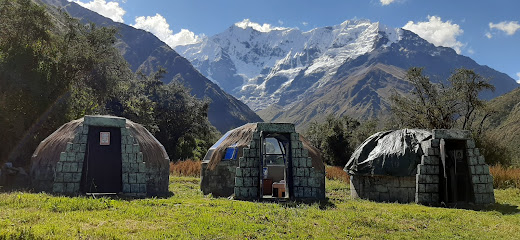
Munaycha Outdoor
Explore the great outdoors with quality gear from Munaycha Outdoor in Cusco, your gateway to adventure in Peru's stunning landscapes.

Essential bars & hidden hideouts
LIMBUS RESTOBAR
Experience the flavors of Peru at Limbus Restobar, where culinary excellence meets stunning panoramic views in the heart of Cusco.
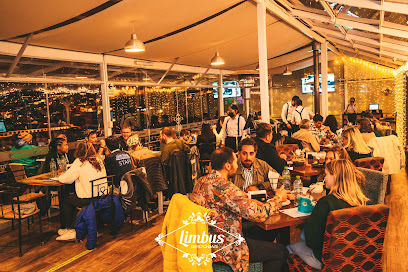
La chupiteria the shot bar
Discover the vibrant nightlife at La Chupiteria, Cusco's premier shot bar offering a unique selection of shots and an unforgettable atmosphere.
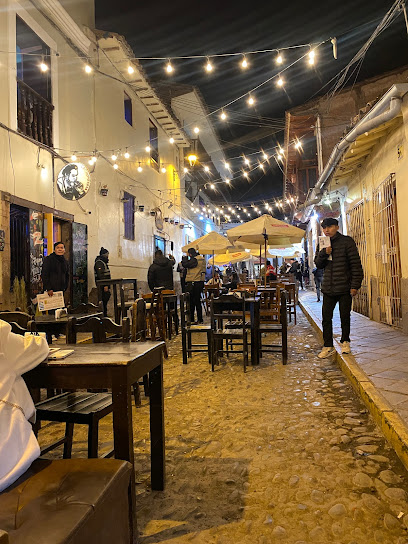
Paddy's Irish Pub
Experience authentic Irish hospitality in the heart of Cusco at Paddy's Irish Pub, offering delicious food, drinks, and live music.
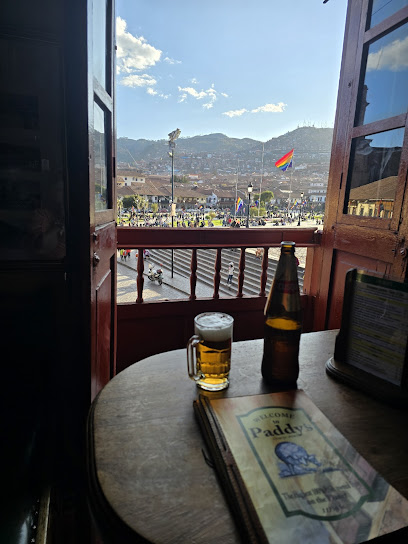
La Fabrica Sports Bar
Experience the excitement of live sports at La Fabrica Sports Bar, a vibrant spot in Cusco with delicious food and a lively atmosphere.
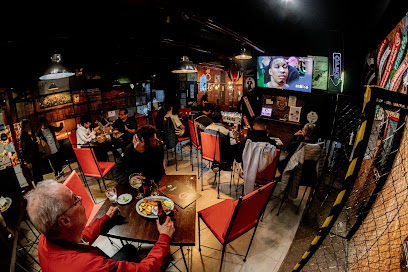
El Duende Resto Lounge
Discover culinary delights at El Duende Resto Lounge, a charming restaurant and bar in the heart of Cusco, blending local flavors with international cuisine.
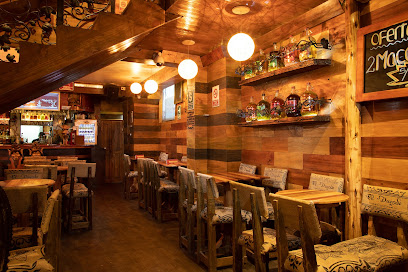
Quilla Restobar
Discover the vibrant flavors of Peru at Quilla Restobar, a lively gastropub in Cusco's historic heart with live music and delicious cuisine.
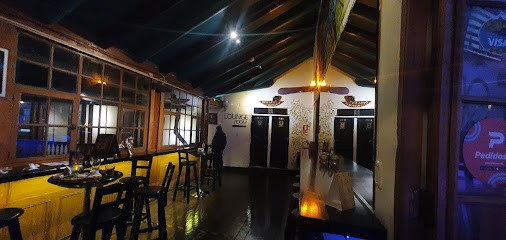
Blackbird Club
Experience vibrant nightlife at Blackbird Club in Cusco, where live music and affordable drinks create an unforgettable atmosphere.
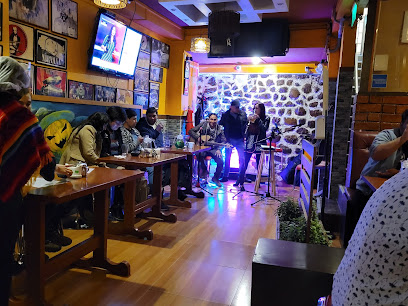
Rock House Cafe
Experience the vibrant nightlife at Rock House Cafe, a unique gastropub in Cusco blending delicious cuisine with live music and a lively atmosphere.
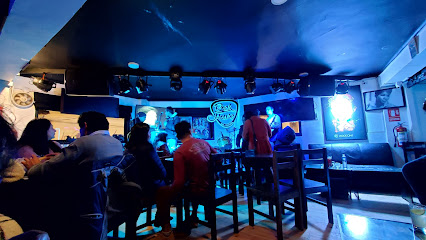
Black Cat Bar Cusco - Craft Cocktails & Spirits
Experience the best craft cocktails and vibrant nightlife in the heart of Cusco at Black Cat Bar, where every drink tells a story.
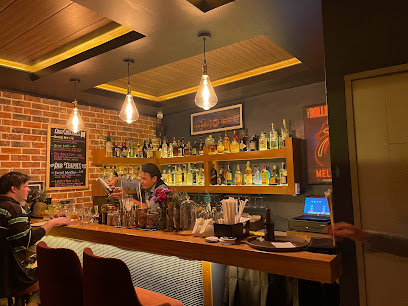
CalienTE - Teteria, Macerados y Tapas
Experience the vibrant flavors of Peru at CalienTE, a charming gastropub in Cusco renowned for its macerated beverages and delicious tapas.
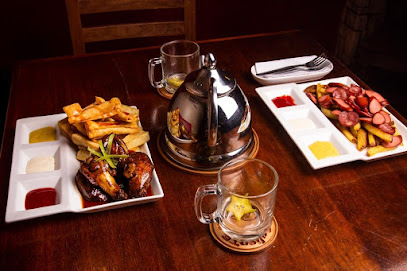
BarDen Lounge
Experience the vibrant atmosphere and exquisite cocktails at BarDen Lounge, a must-visit bar in the heart of historic Cusco.
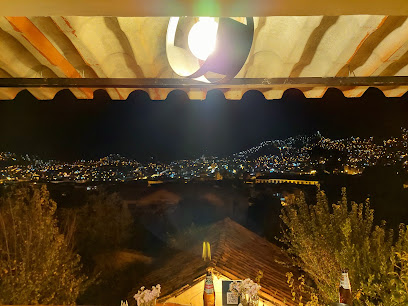
El Viejo Bar
Experience the heart of Cusco's nightlife at El Viejo Bar, where tradition meets vibrant entertainment in a cozy setting.
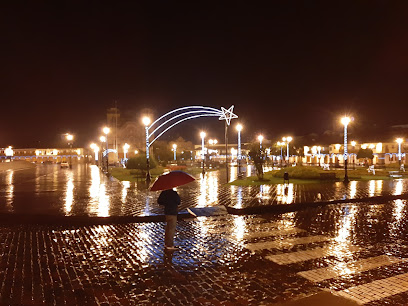
Sassy Bar & Lounge
Discover the lively Sassy Bar & Lounge in Cusco, where delicious grilled dishes meet vibrant nightlife in a charming atmosphere.
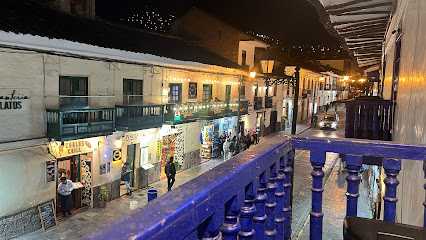
hypnotiq Cusco
Discover the vibrant nightlife at Hypnotiq Cusco, where creative cocktails and a lively atmosphere meet the heart of Peru's cultural gem.
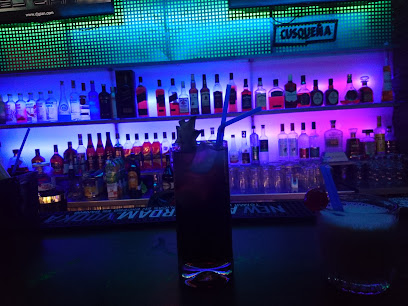
Insomnia Lounge Bar
Discover the vibrant nightlife of Insomnia Lounge Bar in Cusco, featuring creative cocktails and a lively atmosphere perfect for socializing.
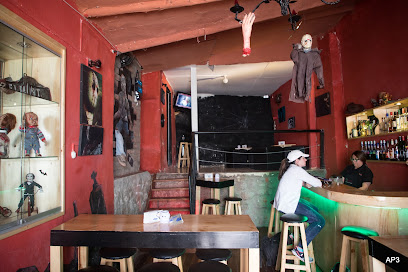
Local Phrases about Salkantay Trail
-
- HelloSawasiray
[sah-wah-see-rye] - GoodbyeSulpayki
[sool-pie-kee] - YesArí
[ah-ree] - NoMana
[mah-nah] - Please/You're welcomeSulpay
[sool-pie] - Thank youSulpayki
[sool-pie-kee] - Excuse me/SorryPachamama
[pah-cha-mah-mah] - How are you?Allillanchu?
[ah-lee-yee-yahn-choo] - Fine. And you?Allillanmi. Ima sutiyki?
[ah-lee-yee-yahn-mee. ee-mah soo-tee-kee] - Do you speak English?Inglis rimaqta munanki?
[een-glees ree-mahk-tah moo-nahn-kee] - I don't understandMana rikurichkani
[mah-nah ree-koo-reech-kah-nee]
- HelloSawasiray
-
- I'd like to see the menu, pleaseMenuyta rimani kanki, sulpay
[meh-noo-ee-tah ree-mah-nee kahn-kee, sool-pie] - I don't eat meatKarnirunmi mana mikuni
[kahr-nee-roon-mee mah-nah mee-koo-nee] - Cheers!Kanpai!
[kahn-pie] - I would like to pay, pleaseYanapayta rimani kanki, sulpay
[yah-nah-pie-tah ree-mah-nee kahn-kee, sool-pie]
- I'd like to see the menu, pleaseMenuyta rimani kanki, sulpay
-
- Help!Yanapay!
[yah-nah-pie] - Go away!Imaynataq!
[ee-mah-een-ah-tahk] - Call the Police!Pulisi wikanki!
[poo-lee-see wee-kahn-kee] - Call a doctor!Waqaychikuy!
[wah-kie-chee-koo-ee] - I'm lostKashan
[kah-shahn] - I'm illSonqoyki
[sohn-koh-ykee]
- Help!Yanapay!
-
- I'd like to buy...Suyayta rimani
[soo-yie-tah ree-mah-nee] - I'm just lookingSuyayniyki
[soo-yie-nee-ykee] - How much is it?Imaynataq?
[ee-mah-een-ah-tahk] - That's too expensiveQhali kay?
[kyah-lee kie] - Can you lower the price?Qhali kayta kichariyki?
[kyah-lee kie-tah kee-chah-ree-kee]
- I'd like to buy...Suyayta rimani
-
- What time is it?Imaynataq waqta?
[ee-mah-een-ah-tahk wahk-tah] - It's one o'clockHuk waqta
[hook wahk-tah] - Half past (10)Iskay waqta (10)
[ees-kie wahk-tah (d-ee-ss)] - MorningP'unchaw
[poon-chahw] - AfternoonCh'aski
[chahs-kee] - EveningTuta
[too-tah] - YesterdayIllakuy
[ee-yah-koo-ee] - TodayKunan
[koo-nahn] - TomorrowKay
[kie] - 1Huk
[hook] - 2Iskay
[ees-kie] - 3Kinsa
[keen-sah] - 4Tawa
[tah-wah] - 5Pisqa
[pees-kah] - 6Phisqa
[fees-kah] - 7Qanchis
[kahn-chees] - 8Pusaq
[poo-sahk] - 9Isqun
[ees-koon] - 10Chunka
[choon-kah]
- What time is it?Imaynataq waqta?
-
- Where's a/the...?...pi?
[pee] - What's the address?Nishut uchari?
[neesh-oot oo-chah-ree] - Can you show me (on the map)?Mapapi kicharayki?
[mah-pah-pee kee-chah-rah-ee-kee] - When's the next (bus)?Kaynataq sami (bus)?
[kie-nah-tahk sah-mee (boos)] - A ticket (to ....)Pikiti (....manta)
[pee-kee-tee (mahn-tah)]
- Where's a/the...?...pi?
History of Salkantay Trail
-
The Salkantay Trail is an ancient route that dates back to the time of the Incas. It was originally used as a pilgrimage path to the sacred city of Machu Picchu. The trail passes through various ecosystems, from high-altitude alpine landscapes to lush cloud forests, reflecting the diverse environments the Incas traversed.
-
Salkantay Mountain, or 'Savage Mountain' in Quechua, is a prominent peak along the trail, standing at 6,271 meters (20,574 feet). This mountain held significant spiritual importance to the Inca civilization. It was considered an 'Apu,' or mountain deity, believed to be a protector of the local people and a source of water for their agricultural terraces.
-
During the Spanish Conquest in the 16th century, the Salkantay region, like much of Peru, experienced significant upheaval. The Spanish invaders sought to control the Inca Empire, leading to battles and the eventual fall of Incan society. The trail, once bustling with Incan pilgrims and traders, saw a decline in use as the new colonial roads and infrastructures were established.
-
In 1911, American explorer Hiram Bingham rediscovered Machu Picchu, bringing global attention to the area. This event spurred interest in the Salkantay Trail as an alternative route to the famed Inca city. Since then, the trail has become popular among trekkers seeking a more rugged and less crowded path to Machu Picchu.
-
In recent decades, the Salkantay Trail has been developed to cater to adventurous tourists. Infrastructure improvements, such as campsites and guided tours, have been made to ensure a safer and more enjoyable trekking experience. Despite these developments, the trail remains a challenging and rewarding journey through Peru's rich natural and cultural heritage.
-
Today, the Salkantay Trail is not only a popular trekking route but also a cultural journey. Local communities along the trail maintain traditions passed down from their Incan ancestors. Trekkers have the opportunity to interact with these communities, learn about traditional farming practices, and witness vibrant cultural expressions such as music and dance.
Salkantay Trail Essentials
-
The starting point for the Salkantay Trail is usually the town of Mollepata, which is located about 100 kilometers from Cusco. To get to Mollepata, you can either take a private taxi or a shared minibus from Cusco. Shared minibuses are more affordable and can be found at the Arcopata bus station in Cusco. The journey takes approximately 3 hours. Alternatively, some tour operators offer direct transport from Cusco to the trailhead.
-
Once on the Salkantay Trail, transportation is primarily on foot or by mule. There are no motorized vehicles allowed on the trail itself. In Cusco and other nearby towns, taxis and buses are the main forms of transportation. Taxis are more convenient but can be more expensive. Buses are economical and frequent, and they connect most of the small towns around the trail.
-
The official currency in Peru is the Peruvian Sol (PEN). While larger hotels and restaurants in Cusco may accept credit cards, cash is king in smaller towns and on the trail. It's advisable to carry sufficient cash in small denominations for tips, small purchases, and local markets. ATMs are available in Cusco, but it is best to withdraw enough cash before starting the trail.
-
The Salkantay Trail is generally safe, but it's essential to take certain precautions. Keep your valuables secure and be cautious in crowded areas, particularly in Cusco, where pickpocketing can occur. Avoid walking alone at night in unfamiliar areas. Stick with your group and follow the guidance of your tour operator. Always carry a copy of your passport and other important documents.
-
In case of emergencies while on the trail, inform your guide immediately. Tour operators usually have procedures in place for medical emergencies, including evacuation by mule or helicopter if necessary. In Cusco, dial 105 for police assistance and 116 for medical emergencies. Carry a basic first-aid kit and any necessary personal medications. Travel insurance that covers trekking and medical evacuation is highly recommended.
-
Fashion: Do wear comfortable and breathable trekking clothes. Layering is key due to varying temperatures. Don’t wear flashy or revealing clothing. Religion: Do respect local customs and traditions. When visiting religious sites, dress modestly and remove hats. Public Transport: Do be polite and respectful. Offer your seat to elderly or disabled passengers. Don’t be loud or disruptive. Greetings: Do greet people with a friendly 'Buenos días' or 'Buenas tardes'. A handshake is common. Eating & Drinking: Do try local dishes and drink plenty of water. Don’t drink tap water; always opt for bottled or purified water.
-
To experience the Salkantay Trail like a local, consider hiring local guides and porters who are familiar with the area. Engage with them to learn about the history and culture of the region. Try local foods such as quinoa soup and coca tea. Visit local markets in Cusco before or after your trek to buy handmade crafts and souvenirs. Take the time to acclimatize to the high altitude by spending a couple of days in Cusco before starting your trek.
Trending Landmarks in Salkantay Trail
-
Historic Sanctuary of Machu Picchu
-
Plaza Mayor de Cusco
-
Ollantaytambo Sanctuary
-
Saqsaywaman
-
Qorikancha
-
Twelve Angled Stone
-
Moray
-
Inkan Milky Way Cusco
-
Manco Capac Square
-
Mirador desde el Cristo Blanco
-
Morada De Los Dioses
-
Sun Gate
-
Mandor
-
Sitio arqueológico Pinkuylluna
-
Choquequirao Archaeological Park
Nearby Cities to Salkantay Trail
-
Things To Do in Cusco
-
Things To Do in Ayacucho
-
Things To Do in Huancayo
-
Things To Do in Ica
-
Things To Do in Arequipa
-
Things To Do in Puno
-
Things To Do in Copacabana
-
Things To Do in Lima
-
Things To Do in Tacna
-
Things To Do in La Paz
-
Things To Do in Arica
-
Things To Do in Huaraz
-
Things To Do in Iquique
-
Things To Do in Cochabamba
-
Things To Do in Trujillo









